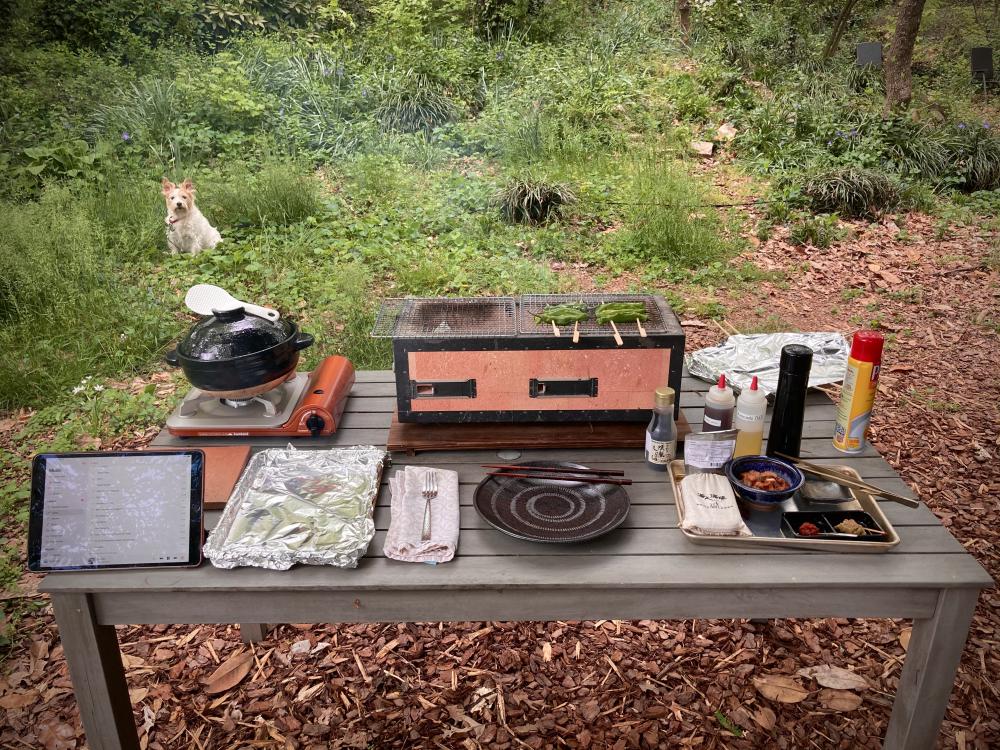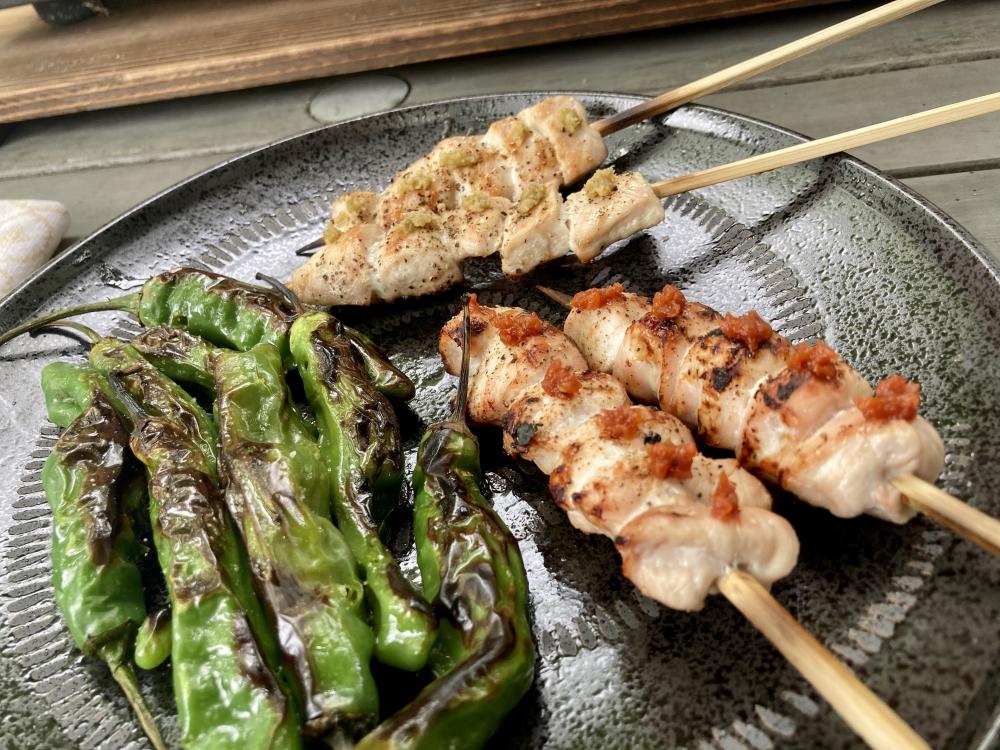Binchotan can pop, spark, or explode during the heating process, so unless your kitchen is nonflammable and you have a big hood with makeup air, you’ll want to use it outside. Which isn't so bad.
The classic ceramic konro grills are made of thick, porous clay tiles that retain heat as opposed to radiating it out like a metal one. They’re much more efficient, as most of the heat goes straight up toward the food you’re grilling. Here's a link showing how the clay used for these grills is harvested. It's then shaped, fired, and joined using traditional masonry techniques. That should give you an idea of why this style of grill in particular is more expensive than you might expect. If you read Japanese, here's a link to the manufacturer's website. Not so useful for direct ordering, but maybe to find out more and see what other styles they make.
If you get one, get some spare nets as well as the fan. Extra nets are useful if something sticks or if you leave one out and it rusts or something. And the fan is quite useful for ramping up the temp of the charcoal. And it's useful for the fire pit and campfires as well. Less intense than the leaf blower, though that does a great job as well.





